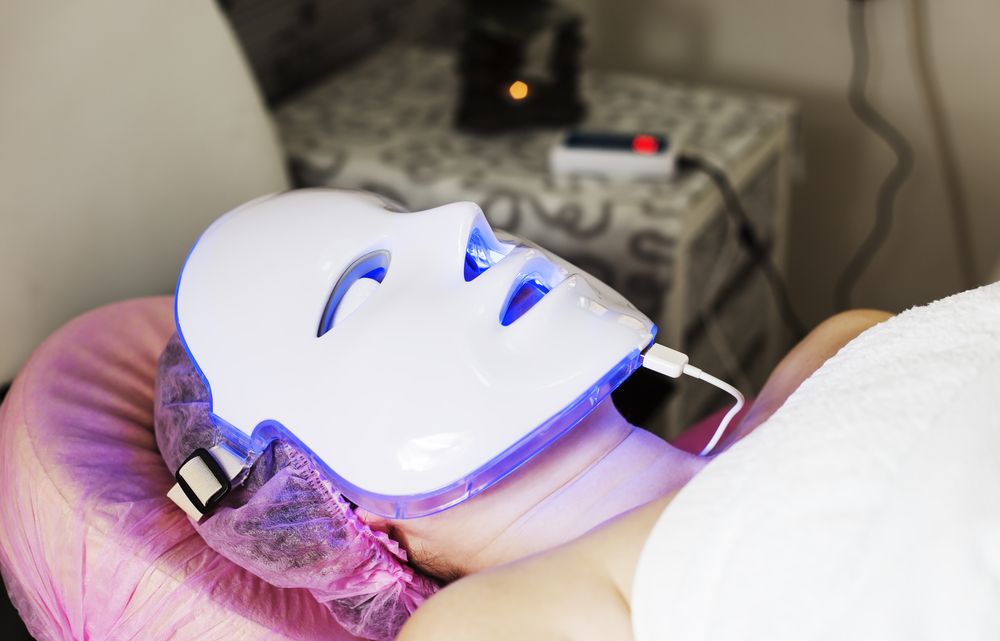- Case-Based Roundtable
- General Dermatology
- Eczema
- Chronic Hand Eczema
- Alopecia
- Aesthetics
- Vitiligo
- COVID-19
- Actinic Keratosis
- Precision Medicine and Biologics
- Rare Disease
- Wound Care
- Rosacea
- Psoriasis
- Psoriatic Arthritis
- Atopic Dermatitis
- Melasma
- NP and PA
- Skin Cancer
- Hidradenitis Suppurativa
- Drug Watch
- Pigmentary Disorders
- Acne
- Pediatric Dermatology
- Practice Management
- Prurigo Nodularis
- Buy-and-Bill
Article
Applications for photodynamic therapy
Author(s):
Photodynamic therapy (PDT) has multiple uses, but billing can be complicated. In this article, we outline its uses and billing codes.
Photodynamic therapy (PDT) has multiple uses, but billing can be complicated. In this article, we outline its uses and billing codes. (©Victoria Shapiro,Shutterstock.com)

LAS VEGASâPhotodynamic therapy (PDT) has multiple uses, but billing can be complicated. In this article, we review its uses as described in a Fall Clinical Dermatology Conference talk given by Neal Bhatia, M.D., on Friday in Las Vegas.
New billing codes (96573 and 96574) for photodynamic therapy can now be used for direct application by the physician, provided the physician applies the photosensitizer and initiates light illumination. When a physician does not directly participate in applying photodynamic therapy, the old code 96567 should be used, said Dr. Bhatia who is director of clinical dermatology at Therapeutics Clinical Research in San Diego, a research and dermatology clinic.
“PDT has been underused in acne because clinics have a hard time billing for it, but there is a lot of good data that shows it’s effective for stubborn acne, for pregnant women and those who are not candidates for isotretinoin (Accutane),” Bhatia pointed out. Photodynamic therapy is also a good option for patients who have been on antibiotics for long periods or who have a risk associated with other therapies.
The two main commercial products are blue light and red light. Blue light works at the superficial level while red goes deeper to the sources of acne.
APPLICATIONS IN BASAL CELL CARCINOMA
A study done in Europe over a six-month period used red light to treat basal cell carcinoma (BCC). This was done as an alternative to surgery for patients with BCC in hard-to-access or complicated locations such as the leg, back of the hand, parts of the face and scalp, and for patients on blood thinners. The study showed 90 percent clearance of cancer, which Dr. Bhatia said was very effective.
In a clinical setting, patients would come in for one or two treatments. The area is prepped, the tumor is curetted and a gel is applied, it’s allowed to incubate for an hour, then the patient goes under the light for ten minutes. At the one-month follow-up, the tumor is measured and if it hasn’t improved, the patient gets a second treatment with photodynamic therapy .
“It’s not for everyone, surgery is still the gold standard, but this is a good option for larger tumors or tumors that are difficult to cure with surgery,” Dr. Bhatia said.
Photodynamic therapy can help reduce the risk of recurrence of cancer, so ‘regular’ patients who are candidates for surgery can also benefit from supplementing it with photodynamic therapy.
Another study used blue light to treat patients two months apart, and then followed up to assess recurrence rates. Those that responded had at least a 40 percent reduced risk of recurrence, he said.
MANAGE PATIENT EXPECTATIONS
His advice for dermatologists who have not yet incorporated PDT, was to start by getting a proper consent form, manage patient expectations of the treatment and results, explain the reactions to expect, and use a well-ventilated room for the treatment.
With blue light, two hours of incubation are needed, and the first six minutes out of the total 16 minutes of treatment are very important, because this is when the reactions are more obvious and painful.
“Many will say one-hour incubation is enough, but there’s lot of data that shows you really need two hours to get the maximum active conversion possible, which will lead to better outcomes,” Dr. Bhatia said.
REFERENCE
Bhatia, N. (2018) Fall Fall Clinical Dermatology Conference, Las Vegas. October 19, 2018. PDT Update.





